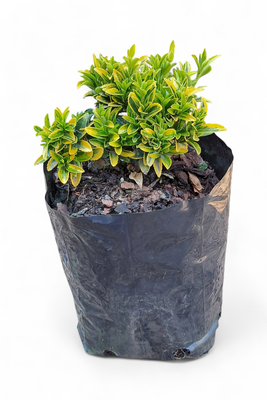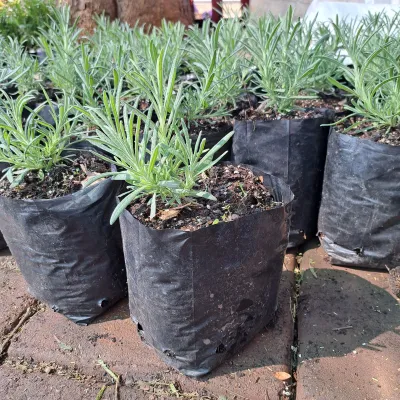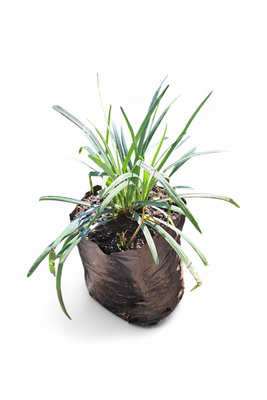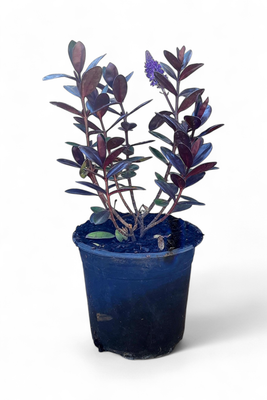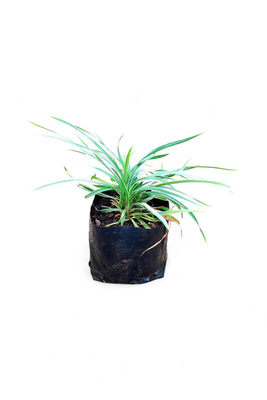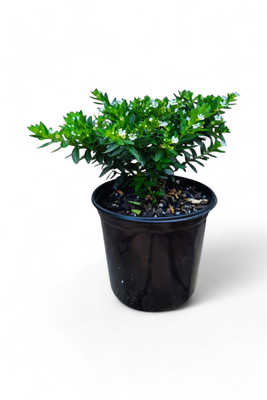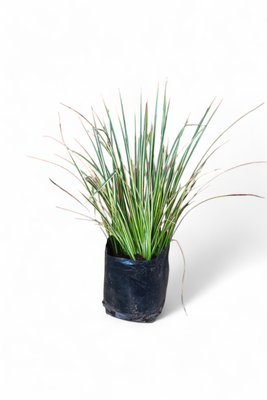Hebe Franciscana 2.5L
SKU KZ679
R55.00
1
Save this product for later
Hebe Franciscana 2.5L
Product Details
Weight: 2.00 kg
The name Hebe originates from Greek mythology where Hèbè was the name of the daughter of Hera and Zeus. This beautiful maiden was cupbearer of the gods and the goddesses of Mount Olympus, captivating them with her beauty and serving them sweet nectar and ambrosia. With the Hebe plants second name being speciosa (meaning handsome) one can see why this little shrub described as beautiful and handsome should be a must for any garden.
Hebe plants originate from New Zealand with Hebe speciosa x franciscana ‘Variegata’’ a subspecies of the original plants.
Hebe speciosa x franciscana ‘Variegata’’ is an evergreen shrub that has variegated, shiny leaves which are spear-shaped and approximately 5cm long. It grows approximately 50 – 60cm in high and will reach a width of 60cm.
X franciscana ‘Variegata’ has dense spikes of flowers that are blue/pink in colour. This Hebe has a long flowering period that starts in summer and then continues into autumn making it a ‘must have’ for consistent colour in the garden. Cutting back the shrub after flowering you will ensure that it keeps its compact shape and will encourage an even better flush of flowers in the new season.
Hebe’s are ideal for growing in areas where the summers are hot and dry. They are wind, frost and seas spray tolerant. Hebe will grow in the full sun or dappled shade but fewer flowers will be produced in a dappled shade spot in the garden.
Hebe’s also have the added bonus of being classified as water-wise making them good contenders for South African gardens.
Hebe can happily be planted with other shrubs in the garden to create mixed beds and will also do well in a container. Why not try them as a colourful but formal low garden hedge around vegetable and herb gardens?
You May Also Like
On Sale

Lavandula "Lavender" Margaret Roberts 2.5 Liter
Lavandula "Lavender" Margaret Roberts 2.5 Liter
was R69.00
Save R20.00
R49.00
Display prices in:ZAR



